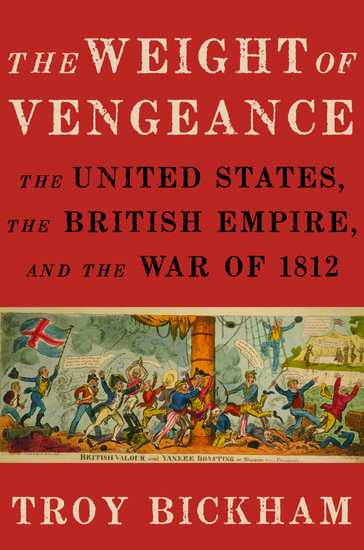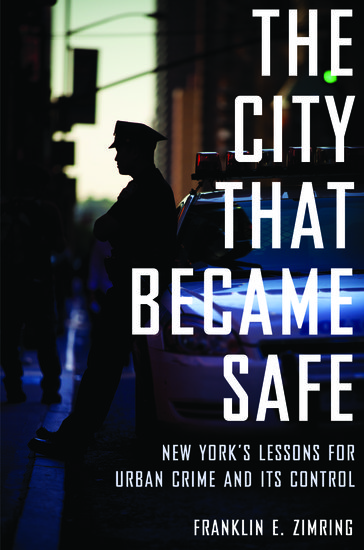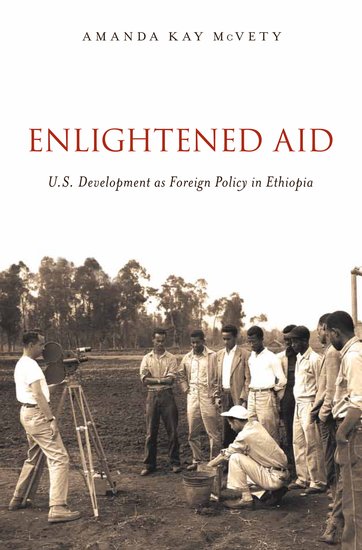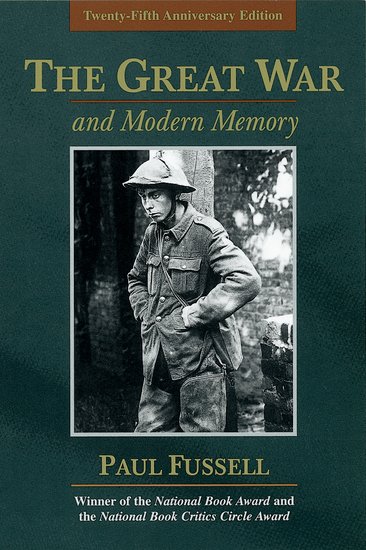Who opposed the War of 1812?
By Troy Bickham
As North America begins to mark the bicentennial of the War of 1812, it is worth taking a brief moment to reflect on those who opposed the war altogether. Reasons for opposing the war were as diverse as justifications for it. Ideology, religious belief, opportunism, apathy, and pragmatism all played roles. Unlike Europeans caught up in the Napoleonic Wars ravaging that continent, the vast majority of free males in North America had — whether by right of law or the by the fact that military service was easy to avoid — choice of whether or not to participate.













